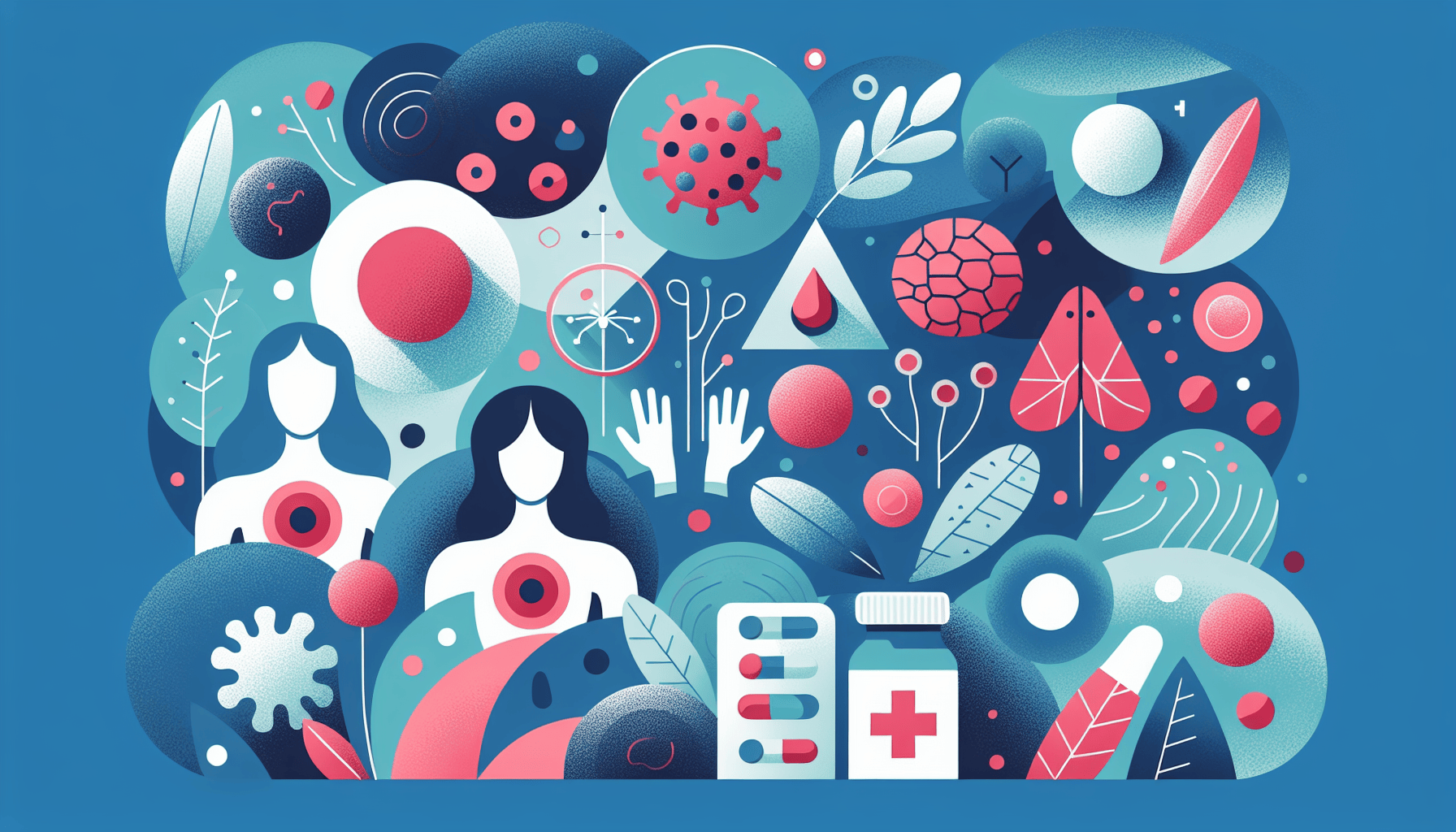Does Gabapentin Help with Sciatica?
Sciatica can cause sharp pain that shoots down your leg, making simple tasks hard. Many people wonder if gabapentin, a common medication, can ease this pain. This article [...]
Read More
Medically reviewed by Abhijit Bhattacharyya | MD, PhD, MBA, Tufts University School of Medicine - Miami, Florida on June 29th, 2023.
Hives, also known as urticaria, are a common skin condition characterized by the sudden appearance of itchy, red, or pale bumps or welts on the skin. These welts can vary in size and may be accompanied by swelling called angioedema. Hives can be triggered by various factors, including allergic reactions, certain foods, insect stings, sunlight, and medications.
There are several types of hives, including:
Acute urticaria: Hives that last less than 6 weeks, often caused by foods, medications, infections, or insect bites.
Chronic urticaria: Hives that persist for more than 6 weeks, with causes that are often harder to identify.
Physical urticaria: Hives triggered by physical stimuli such as cold, heat, sun exposure, vibration, pressure, sweating, or exercise.
Dermatographism: A common form of physical urticaria where hives form after firmly stroking or scratching the skin.
Stress hives: Hives that occur due to stress, causing the body to release inflammation-causing chemicals.
Symptoms of hives may include:
Raised welts of varying sizes on the skin
Reddish welts (may be harder to see on darker skin tones)
Intense itching, often worse at night
Welts that appear and disappear over minutes or hours
In some cases, hives may be accompanied by angioedema, which can cause:
Swelling of the face, eyelids, ears, mouth, hands, feet, and genitals
Swelling on one side of the body
Discomfort in the affected areas
Changes in skin color

Diagnosing hives involves a thorough medical history and examination by a healthcare provider. Your doctor may perform skin tests to identify potential allergens or conduct blood tests to check for underlying illnesses, such as autoimmune conditions, hereditary factors, or allergies.
The most effective treatment for hives is identifying and removing the trigger, although this can be challenging. Antihistamines are often prescribed to provide relief from symptoms and are most effective when taken regularly to prevent hives from forming. In cases of chronic hives, a combination of medications may be necessary. If antihistamines are ineffective, oral steroids or a biologic drug called omalizumab (Xolair) may be prescribed. Severe cases may require an injection of epinephrine or cortisone medication.
While waiting for hives and swelling to subside, you can try the following:
Apply cool compresses or wet cloths to the affected areas
Work and sleep in a cool room
Wear loose-fitting, lightweight clothes
Contact your doctor immediately if you experience hives along with any of the following symptoms:
Dizziness
Wheezing
Trouble breathing
Tightness in the chest
Swelling of the tongue, lips, or face
In conclusion, hives are a common skin condition that can be caused by various triggers, such as allergic reactions, foods, medications, or infections. While often manageable with antihistamines and trigger avoidance, severe cases may require medical intervention. If you experience hives along with difficulty breathing or swelling of the face, seek medical attention promptly.
For more information on hives and their management, consult the following reputable sources:
Sciatica can cause sharp pain that shoots down your leg, making simple tasks hard. Many people wonder if gabapentin, a common medication, can ease this pain. This article [...]
Read MoreBack pain is one of the most common health complaints, affecting millions of people worldwide. If you have back pain, you might have heard about gabapentin as a possible [...]
Read MoreIf you take gabapentin, you might wonder if it will show up on a drug test. This question matters for many people, whether it’s for work, sports, or legal reasons. Gabapentin [...]
Read More